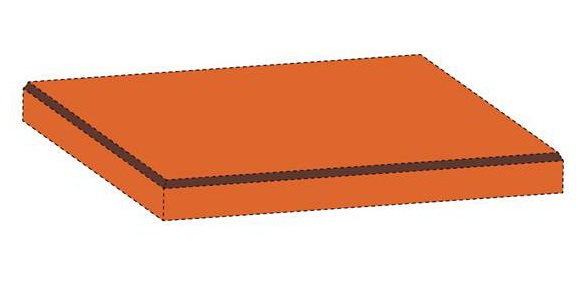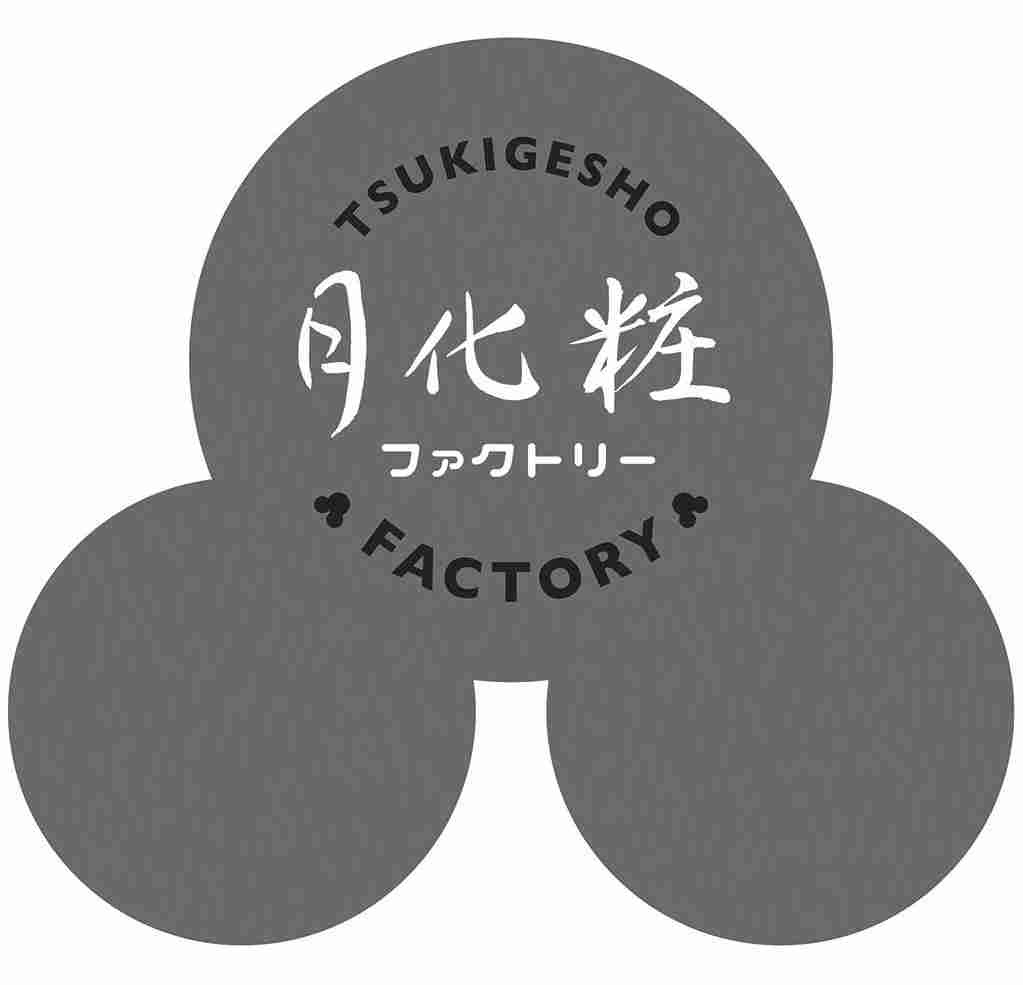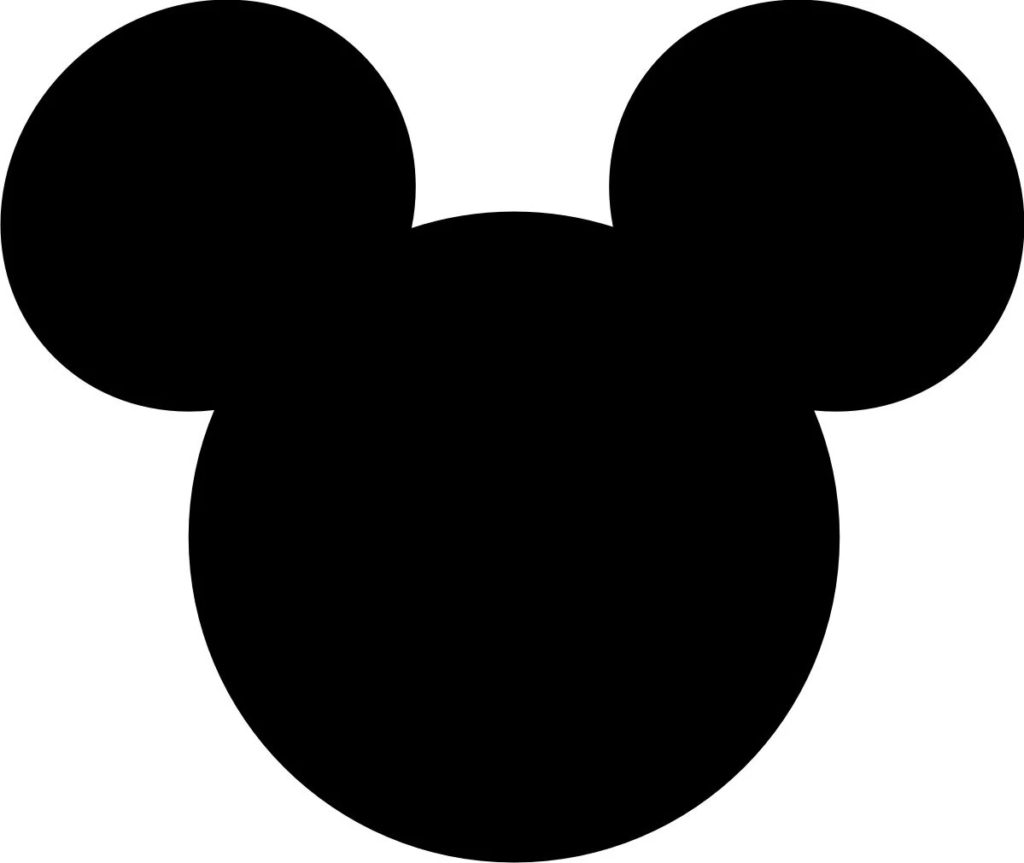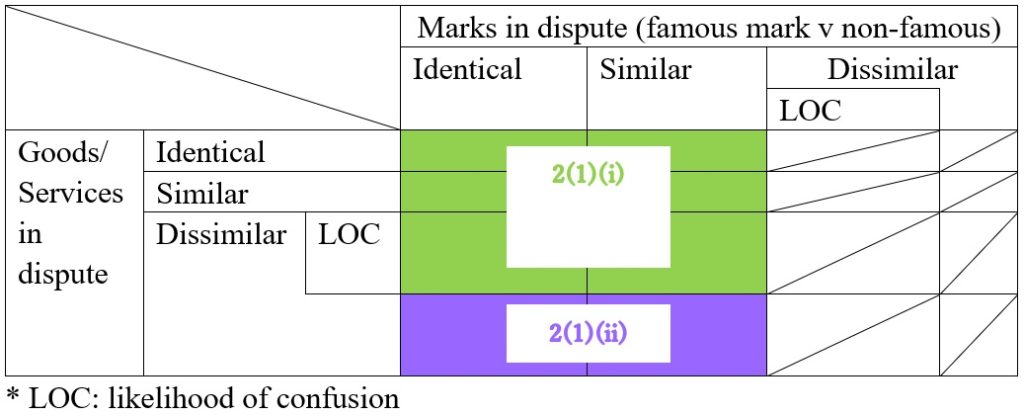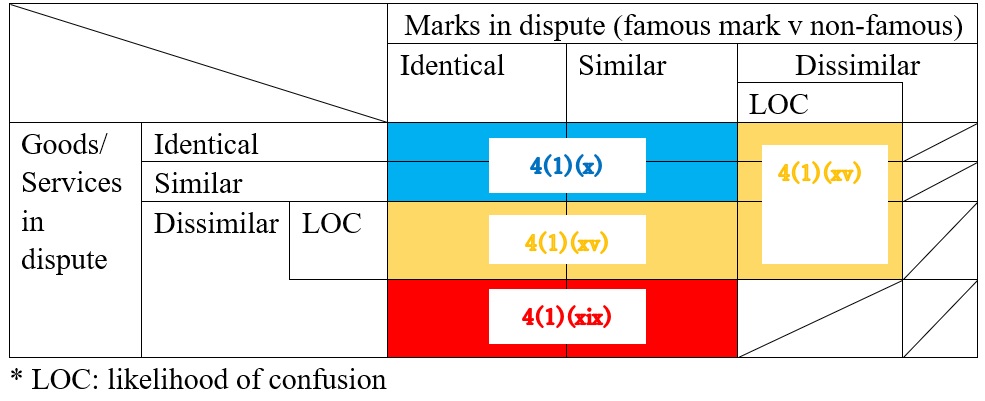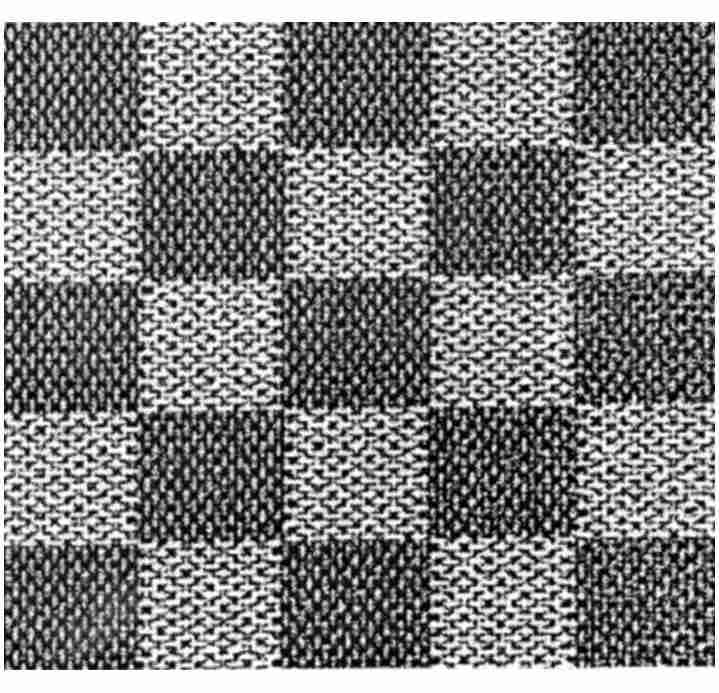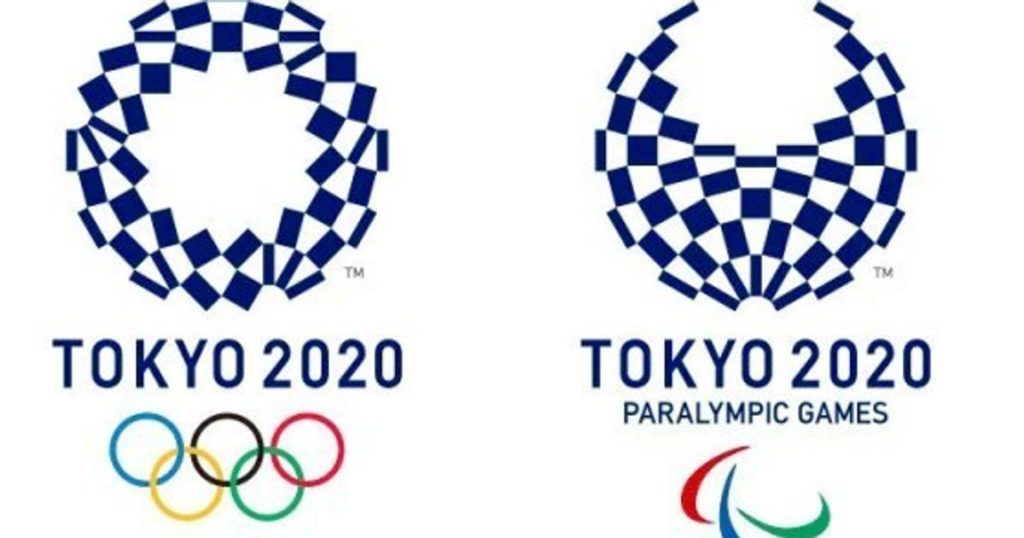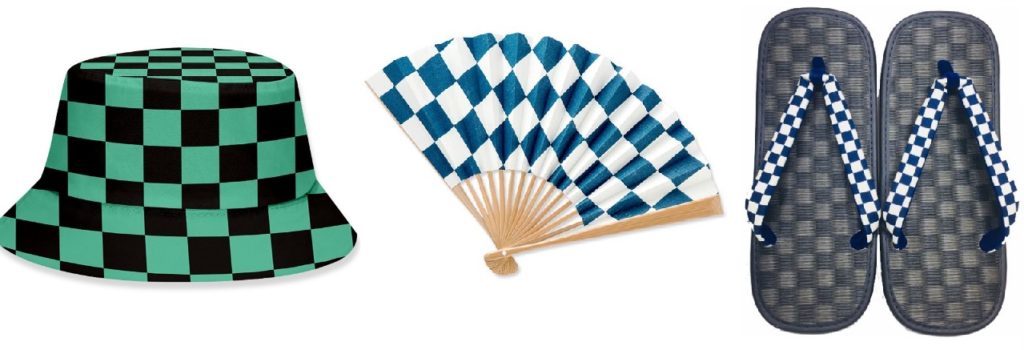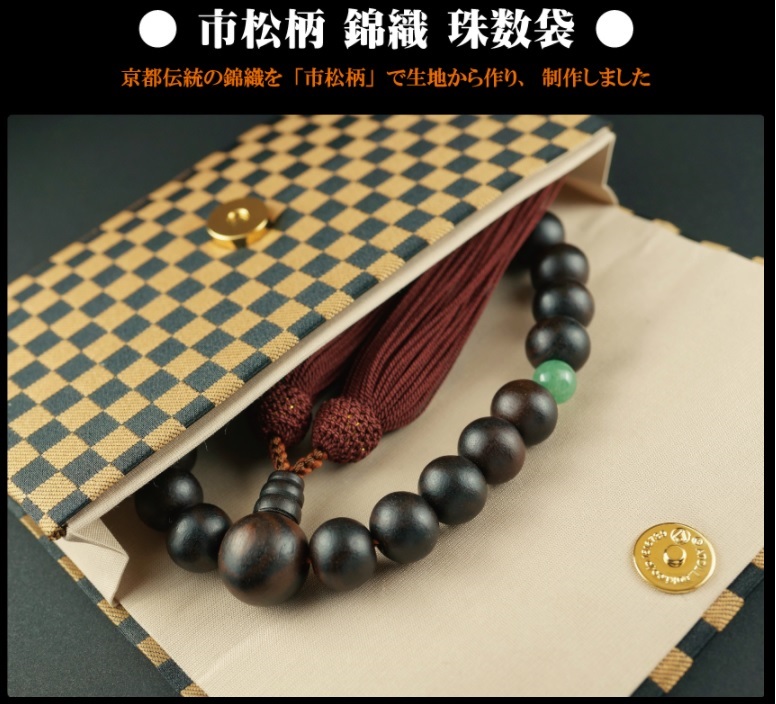The Japan Patent Office (JPO) sided with ACADEMIE DES BEAUX-ARTS, an owner of Musée Marmottan Monet, and decided to cancel Japanese TM Registration no. 6245564 for a composite mark containing literal elements “Monet Design” in contravention of Article 4(1)(vii) of the Japan Trademark Law.
[Opposition case no. 2020-900171, Gazette issued date: October 29, 2021]TM Reg no. 6245564
The opposed mark (see below) was sought for registration by a Japanese individual on various goods and services in class 16, 20, 25, 27, 35, 41, 42, and 45 on February 1, 2019.
The JPO granted protection on March 27, 2020, and published for opposition on May 12, 2020.

Opposition by ACADEMIE DES BEAUX ARTS
On July 10, 20210, before the lapse of a statutory period of two months counting from the publication date, ACADEMIE DES BEAUX-ARTS, an owner of Musée Marmottan Monet, filed an opposition. The opponent argued the opposed mark shall be canceled in contravention of Article 4(1)(vii) of the Japan Trademark Law by citing IR 958197 for the wordmark “CLAUDE MONET” (see below).
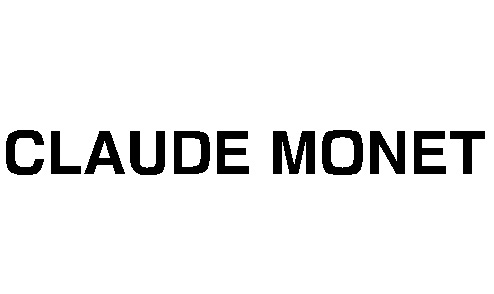
Article 4(1)(vii) of the Trademark Law prohibits any mark likely to cause damage to the social and public interest and disrupt the order of fair competition from registration. Trademark Examination Guidelines set forth any sign created after “the Name of a Historical Person or Name of a Well-Known or Famous Deceased Person” shall be objectionable under the article.
TEG provides six factors to apply the article.
- Popularity of the well-known or famous historical person;
- Acceptance of the name of the historical person among the nation or region;
- Availability of the name of the historical person;
- Relationship between the availability of the name of the historical person and the designated goods or services;
- Circumstance, purpose, or reason of the application; and
- Relationship between the historical person and the applicant.
JPO Decision
The JPO Opposition Board found the late Claude Monet has been a world-famous French painter known even among the general public in Japan. There is no doubt that the public at the sight of the word “Monet” would conceive the painter. Because of it, “Monet” has been highly recognized as an abbreviation of the late Claude Monet.
Besides, it is certain that the opponent inherits the property and paintings of Claudia Monet. In view of activities of the opponent as a public organization to exhibit, manage, and promote the paintings in France as well as other countries, the word “Monet” has not only played a significant role in the business field of sightseeing and art but also acquired substantial value as public property of France.
As for the opposed mark, the Board does not find a reason to believe that the word “Monet” inseparably combines with other elements. If so, relevant consumers are likely to consider the word “Monet” as a prominent portion of the opposed mark.
Based on the foregoing, the Board decided to cancel the opposed mark in contravention of Article 4(1)(vii).

